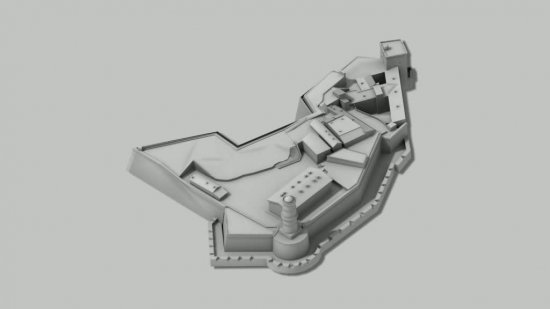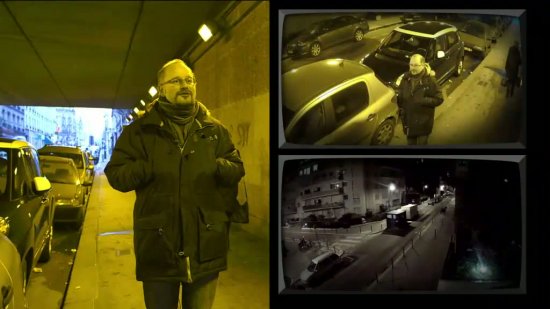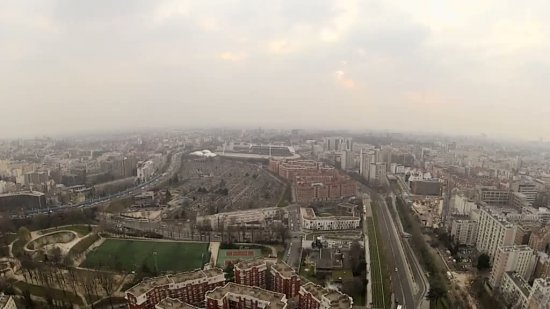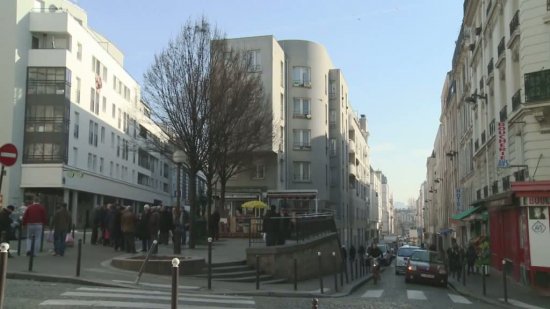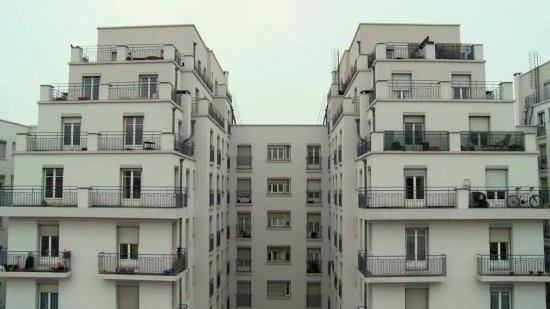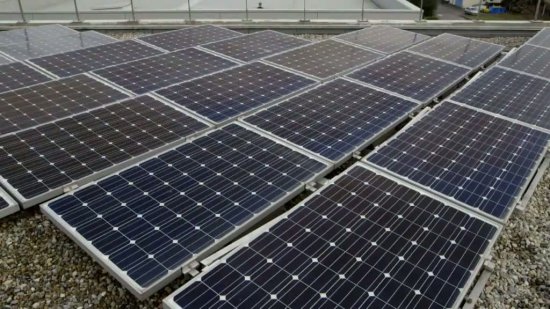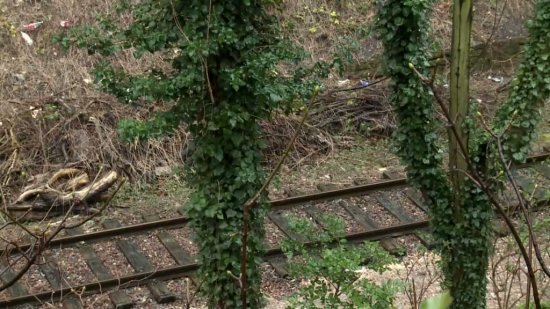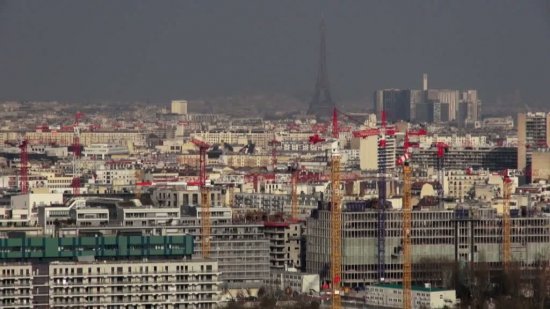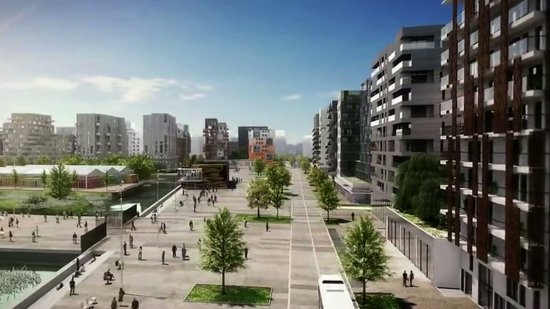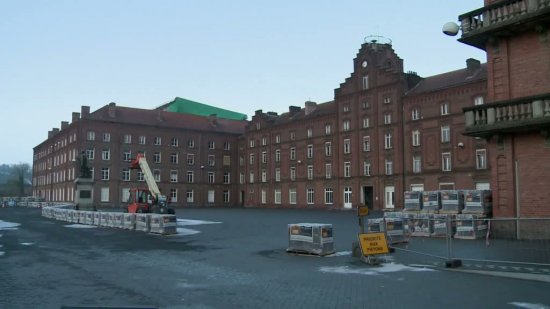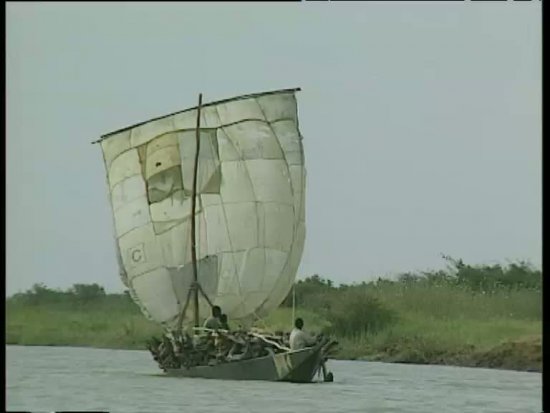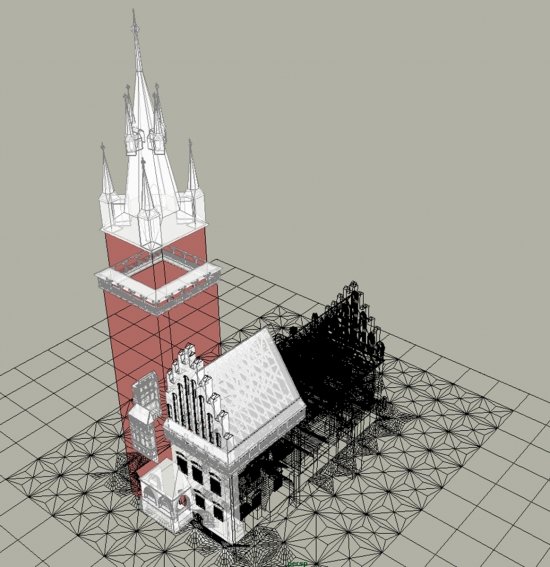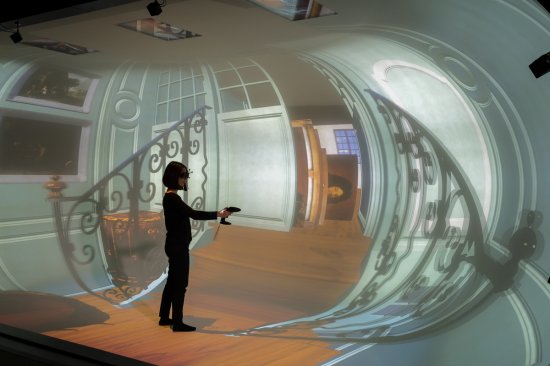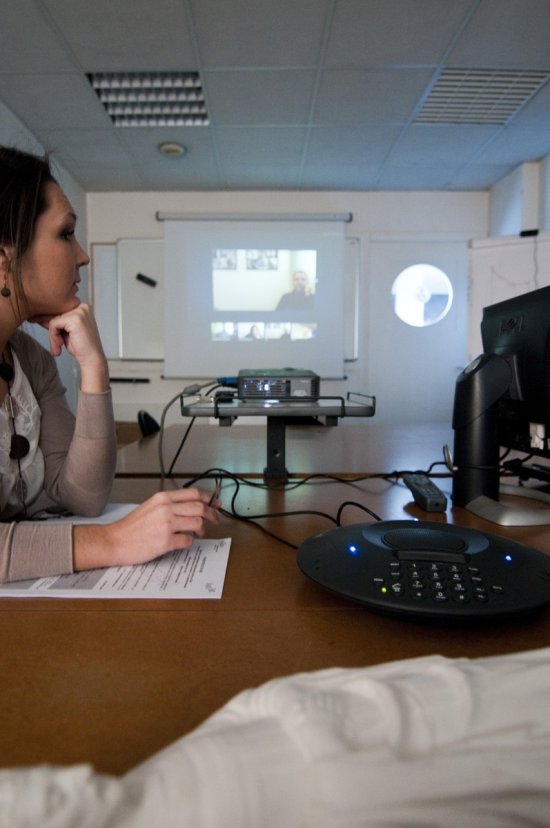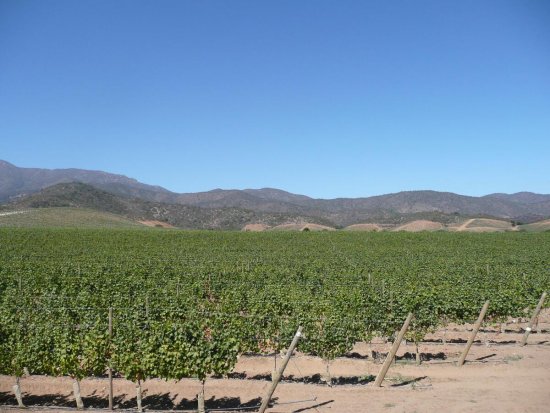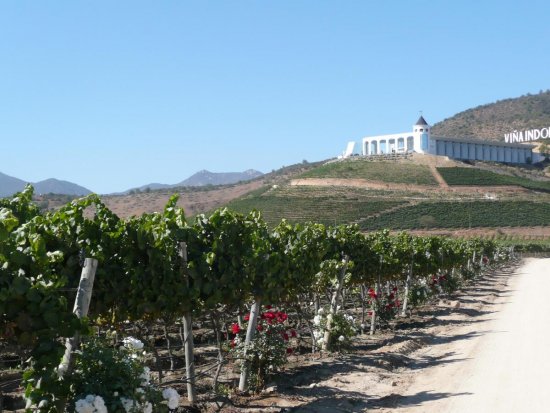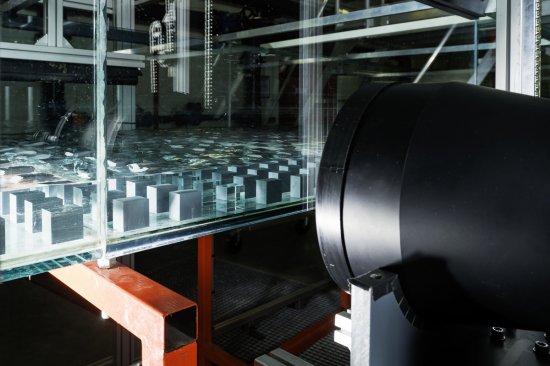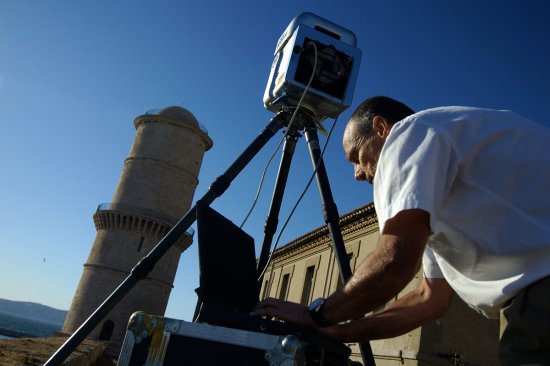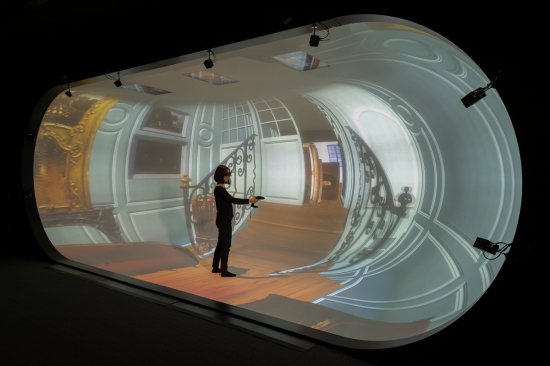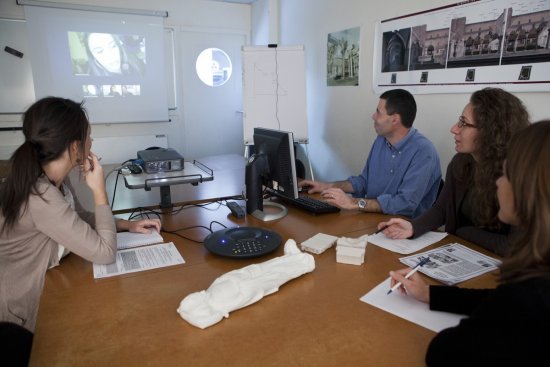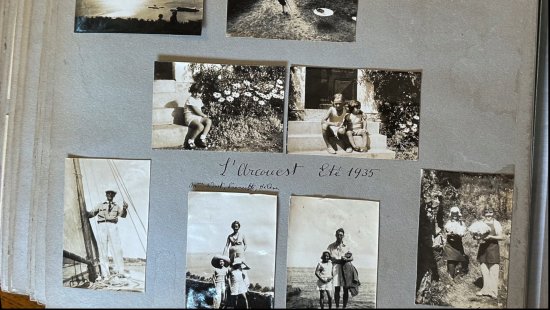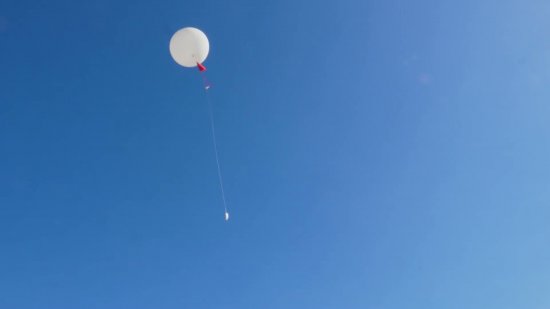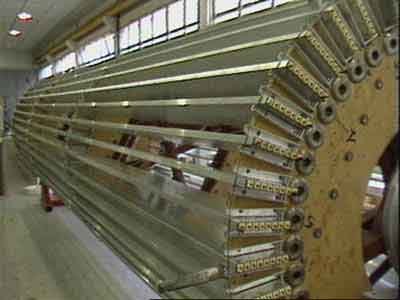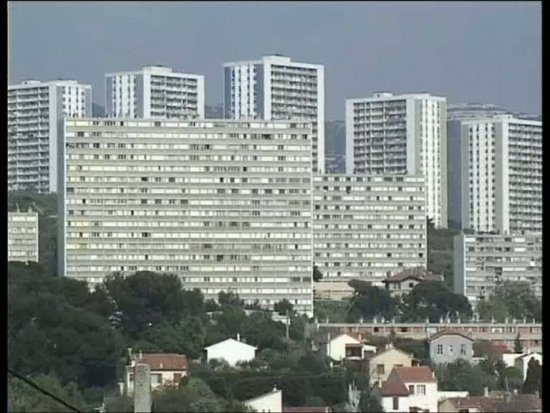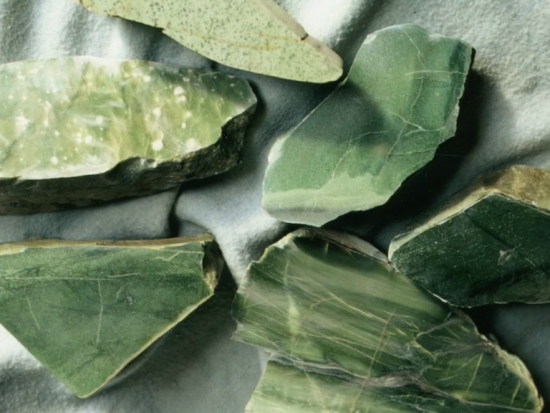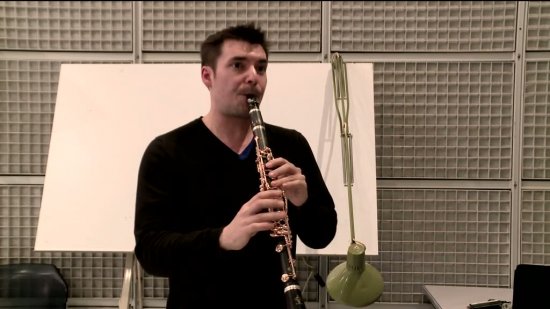Series
Urban Planning, Housing and Society
This is a series of 12 short films depicting achievements and various researches carried out in the field of urban planning in France. Three main strands have been outlined: Materials, energy and networks; The city of the future; History and sociological perspective.
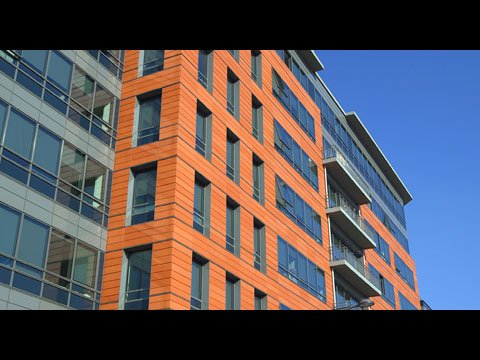
- Natural power for the city (7 min.);
- Redesigned housing materials (7 min.);
- Self-sufficient housing (7 min.);
- Urban Utilities: Water for cities (7 min.);
- The Gentrification of la Goutte d'Or (7 min.);
- Paris dreams of being a green city (6 min.);
- Suburbs: from a compact to a diffuse city (6 min.);
- The 3D City (7 min.).
- The Astonishing Skyscrapers of Villeurbanne (8 min.)
- The Familistère de Guise (7 min.).
- Fort Saint-Jean in Marseille: A restored History (8 min.).
- Crime and the City (7 min.).
- Redesigned housing materials (7 min.);
- Self-sufficient housing (7 min.);
- Urban Utilities: Water for cities (7 min.);
- The Gentrification of la Goutte d'Or (7 min.);
- Paris dreams of being a green city (6 min.);
- Suburbs: from a compact to a diffuse city (6 min.);
- The 3D City (7 min.).
- The Astonishing Skyscrapers of Villeurbanne (8 min.)
- The Familistère de Guise (7 min.).
- Fort Saint-Jean in Marseille: A restored History (8 min.).
- Crime and the City (7 min.).
CNRS Images,
Our work is guided by the way scientists question the world around them and we translate their research into images to help people to understand the world better and to awaken their curiosity and wonderment.
